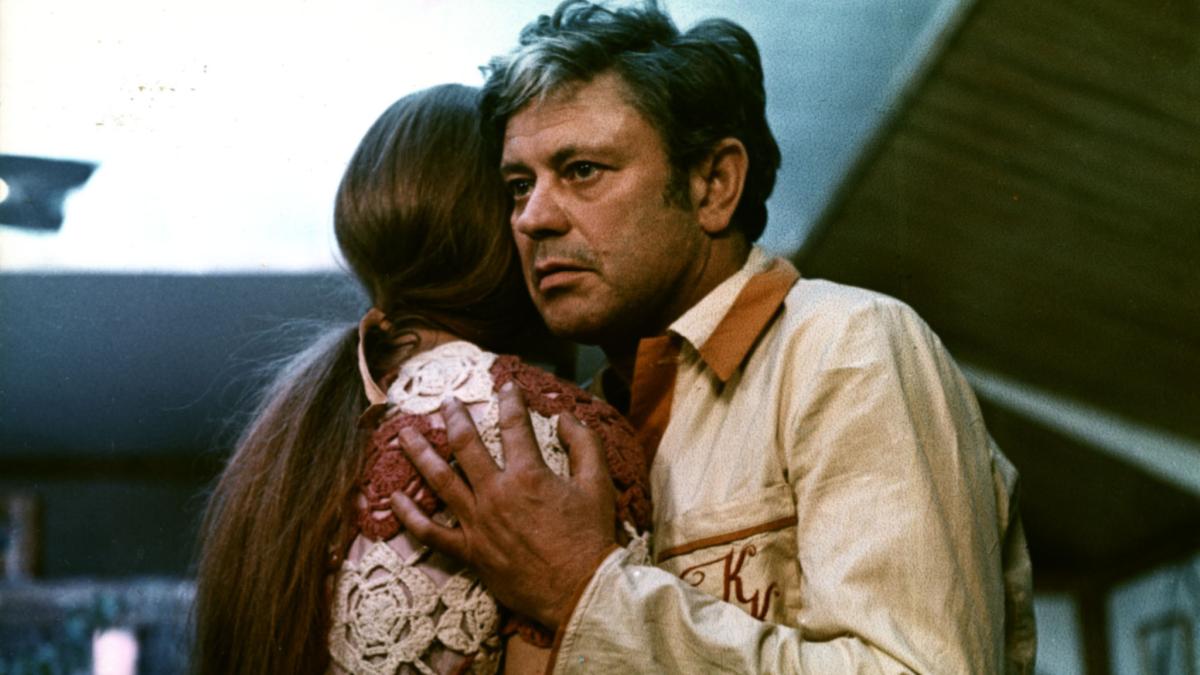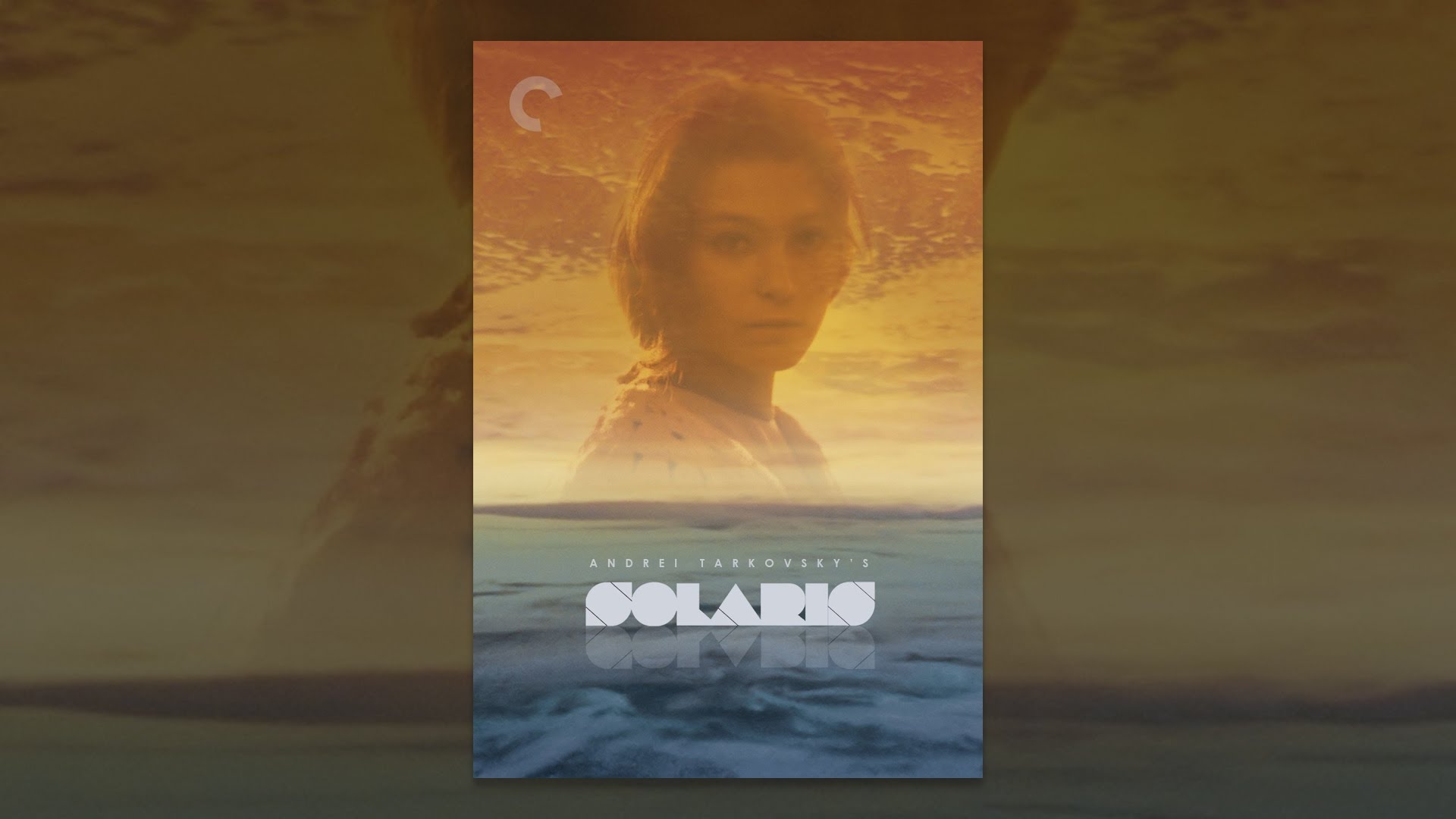“As a haunted ode to lost love, SOLARIS has few equals in all of cinema.” - Chris Barsanti, Medium
“The film has a hypnotic pull, drawing the viewer deeper and deeper into its enigmatic adventure by crafting a world all its own.” - Mark Olsen, Los Angeles Times
Tuesday, July 23, 6:00 p.m. | How does one talk about the end of SOLARIS, Tarkovsky’s meditative study of love and loss, without giving it away? Tarkovsky wasn’t one for “twist endings,” but here he plays with expectations in order to deliver viewers with a true cinematic wallop in the form of a zoom out shot. Psychologist Kris Kelvin is sent to a space station orbiting the mysterious planet Solaris to investigate strange occurrences among the crew. Once there, he is haunted by memories of his recently deceased wife Hari, who mysteriously appears on the station in physical form. As the boundaries between reality and illusion blur, Kelvin delves deeper into the mysteries of Solaris and his own past, culminating in a conclusion that underscores the film’s devastating exploration of memory and perception. Rarely has a zoom out shot held such significance; Kelvin has been on Solaris for some time, but it is only at SOLARIS’s conclusion that we really understand where he is.
Awards & Nominations
Winner - Grand Prize of the Jury, FIPRESCI Prize, Cannes Film Festival
Nominee - Gold Hugo, Chicago International Film Festival
Last Shot: Stick the landing. Bring it home. Finish strong. In cinema, the last shot is arguably the most important. “This is it, this is the final moment, it is perfect!” only to have it go on, stumbling and fumbling its way to the credits? For all those missed opportunities, there are also the pitch-perfect conclusions, the memorable last looks, the frames that catch your breath in your throat and with pure artistry not only conclude a film but underscore, emphasize, or affirm the entire running time that came before it. Our 11-film Last Shot series explores impeccable resolutions in film. View full Last Shot series. *Spoiler alert: the endings of all films in this series are mentioned (as subtly as possible) in their description, and the accompanying still images do not reflect their final frames.
The Film Center is ADA accessible. This presentation will be projected without open captions. The theater is hearing-loop equipped. For accessibility requests, please email filmcenter@saic.edu



